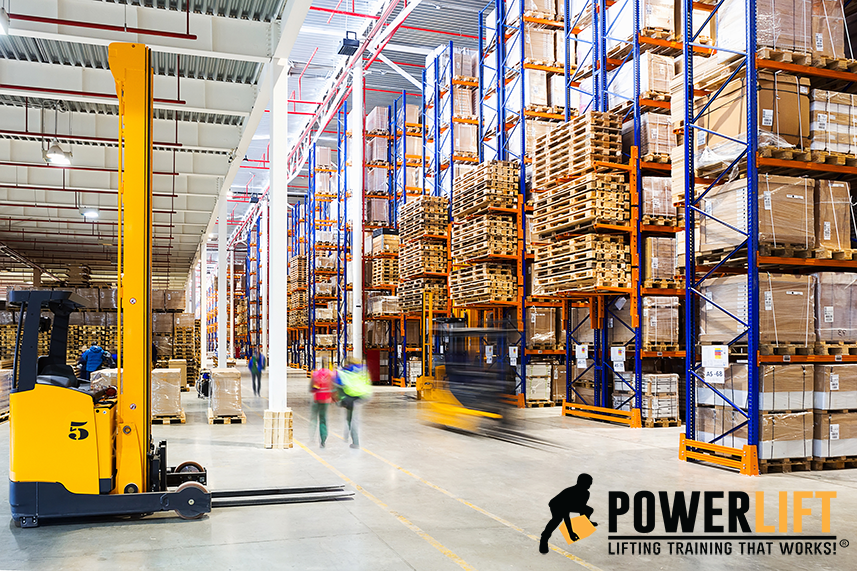A roll of the dice?
Maybe it’s hard to admit, but let’s face it: there’s a bit of madness to the method we use to keep our workers safe. Often, it feels like a roll of the dice: sometimes it works, sometimes it doesn’t.
Once upon a time, people lifted manual loads using the ‘stoop method’. It is exactly how it sounds. You bend at the waist or lower back, and keep the legs straight while lifting something. Resulting injuries led to further studies. Those studies resulted in what we now call the squat lift. We all know it because it’s been around for over 50 years. It goes like this:
- Feet shoulder-width apart
- Keep the back straight
- Bend at the knees
- Squat down to the load
- Lift with the legs, not with the back.
Consider: many safety programs and systems swear by this time-honored lifting method. To be fair, it does work… but only to a point. The unpleasant truth of the matter is that while the method is widely used, injuries are still happening. Which calls into question the madness in the method.
Tradition sometimes has a bad habit of getting in the way
The research suggests that there is no real advantage to squat lifting. Spinal loads are comparable, and in fact may even be higher when using the shoulder-width stance.
There are other ways that often go unconsidered, because, you know, tradition.
Consider that “shoulder width apart” leaves a lot of room for interpretation. Height, breadth, even physical girth causes wide variations in a “shoulder width” stance. Furthermore, men and women differ in their physiology enough to impact the implications of a shoulder width stance.
A wider – and therefore more stable – stance works due to a lower center of gravity. Less muscle power diverted for balance means more power available for the lift itself. The simply physics of the center of mass is equally applicable to both men and women.

If what’s tried and true is part of the madness, try something new
Innovations and inventions happen around us all the time. New ways to use existing things, new things to solve existing problems, and even new problems to solve that require new solutions. The home phone, for example, was a solution to communication that swept the world and made connecting with people a possibility. But then came mobile and cellular communications. Think about it: when was the last time you answered a home phone?
The same is true for material handling.
There are innovative ways to protect the musculoskeletal systems of our workers. New solutions to existing challenges do exist. Tradition is great, and it worked for a long time. But if tradition is part of the madness in our methods, perhaps it’s time to look beyond the familiar.
Innovation can be uncomfortable at first
At PowerLift® we’re well aware of how difficult it can be to break through older, established habits. That’s why we teach a breakthrough way of manual material handling through demonstration and experiential learning.
Like you, we’re committed to the highest levels of health and safety for people in the workplace. And we’re here to help. Please feel free to reach out to us to find out more about how PowerLift® Training can support you in your bid to take a little more of the madness out of the method.


Recent Comments